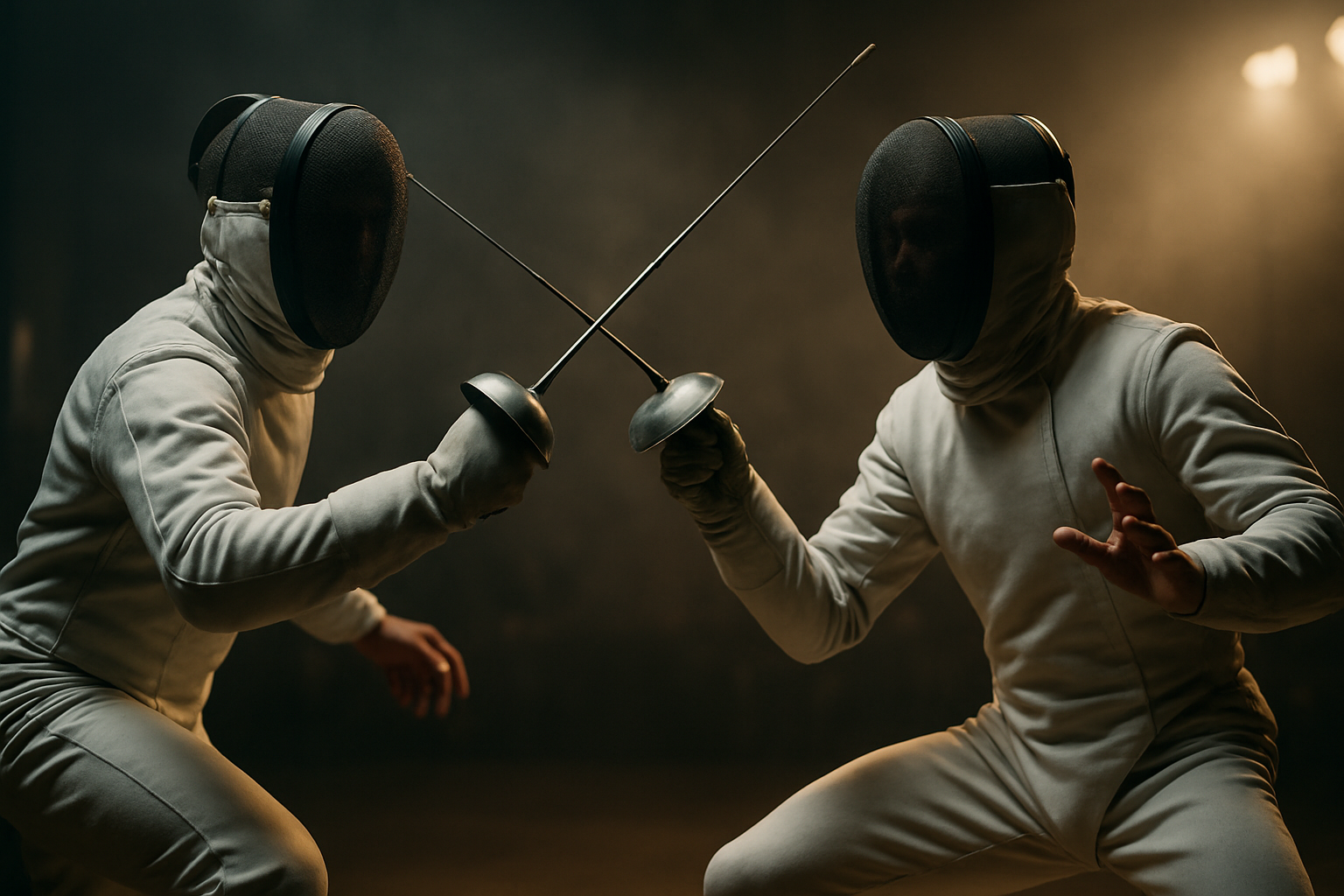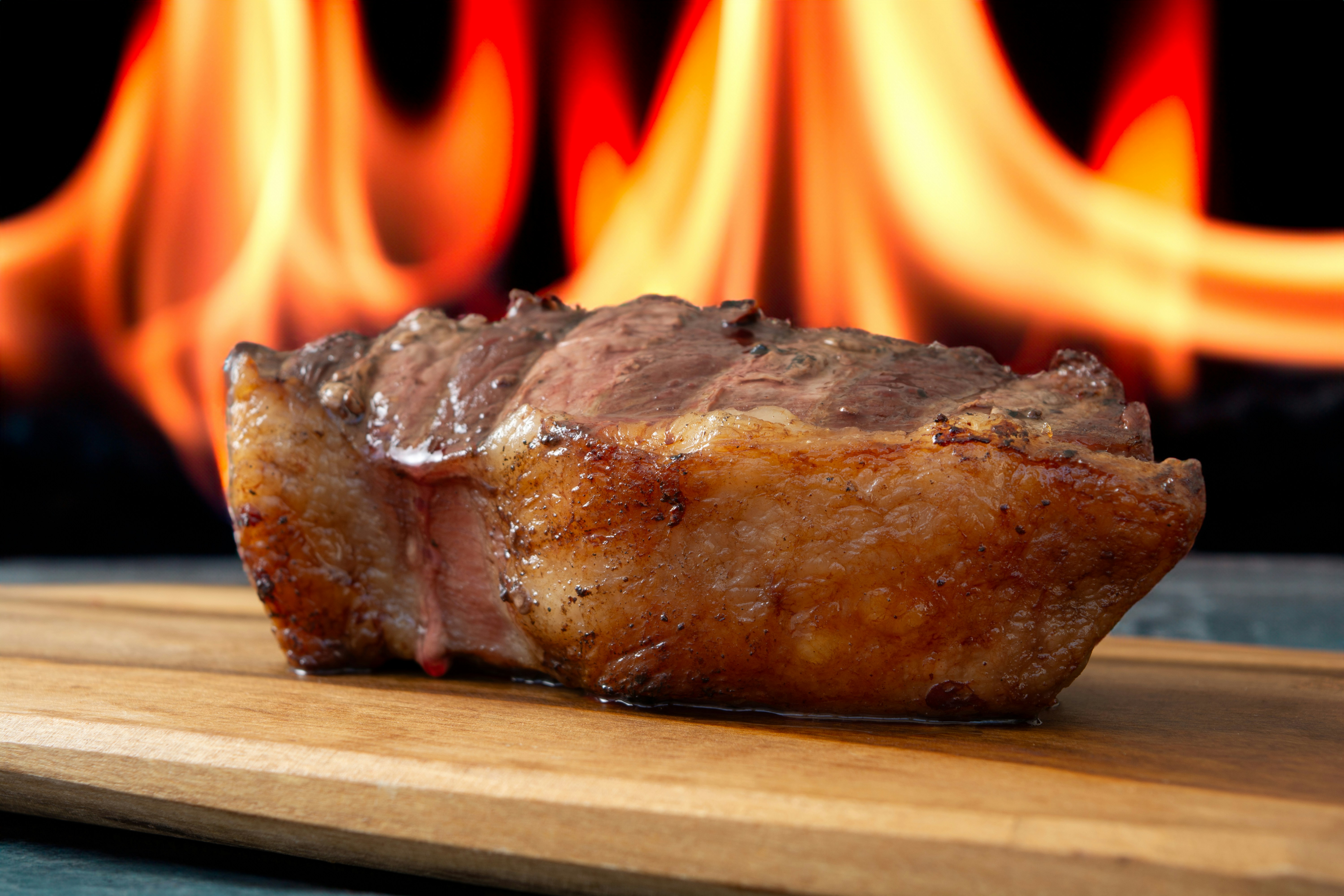Delving into the Intricacies of Fencing: A Sport of Precision, Strategy, and Agility
As an elegant blend of athleticism and intellectual prowess, fencing is a captivating sport that often remains overlooked in mainstream sports discourse. This article delves into the intriguing world of fencing, exploring its rich historical roots, modern trends, and the strategic depth that makes it an exceptional sport.

Fencing: A Historical Journey Through Time
Fencing, as a structured form of combat, has evolved over centuries from its origins in sword duels involving knights and nobility. The sport traces its roots back to ancient civilizations such as Egypt, Rome, and Greece. However, it was during the Renaissance era in Europe that fencing started taking shape as a sport with standardized rules.
During the 15th century, masters of defense began establishing fencing schools, teaching techniques for different types of swords. By the 19th century, fencing had evolved into three primary forms: foil, epee, and sabre, each with unique rules and strategies. The sport’s association with nobility and chivalry has persisted, making it a unique blend of physicality, strategy, and etiquette.
Modern Fencing: A Game of Mind and Body
Today, fencing is an Olympic sport, renowned for its dynamic pace and intricate tactics. Modern fencing demands an exceptional level of agility, precision, and split-second decision making. Fencers are required to register their attacks on a specific target area on the opponent’s body, making every movement a calculated strategy.
Emerging trends in fencing training place emphasis on mental preparation and psychological resilience. As a sport that demands rapid decisions under pressure, building mental stamina is as crucial as physical fitness. Simultaneously, advancements in technology have led to the development of electronic scoring systems, further refining the precision and fairness of the sport.
The Art of the Duel: Understanding Fencing Techniques
Fencing’s three disciplines—foil, epee, and sabre—each have unique rules and tactics. Foil fencing, the most traditional form, involves targeting the torso with a light, flexible weapon. Epee fencing allows the entire body as a target, requiring different strategic considerations, while sabre fencing permits slashes in addition to thrusts, adding another layer of complexity.
Each fencing match is a strategic battle, with fencers constantly assessing their opponent’s tactics, exploiting weaknesses, and adapting their strategy. Effective fencers must master a balance of offense and defense, understanding when to attack, when to retreat, and when to attempt a strategic counter-attack.
The Future of Fencing: Trends, Challenges, and Potential
Fencing’s future appears vibrant, with the sport gaining popularity in regions traditionally dominated by other sports. However, challenges persist in making the sport more accessible and comprehensible to a wider audience. The rapid pace and technical nuances of fencing can be difficult for non-fencers to understand, making spectator engagement a key area for development.
Despite these challenges, the sport’s unique blend of strategy, agility, and historical charm presents immense potential. As fencing continues to evolve, it’s fascinating to contemplate how this ancient sport will continue to captivate audiences and athletes in the future.
Fencing, a sport steeped in history and brimming with strategic depth, offers an enthralling spectacle of physical and mental prowess. As we continue to explore and appreciate the intricacies of this ancient sport, we may discover that the art of the duel still holds many lessons for modern athletics.





